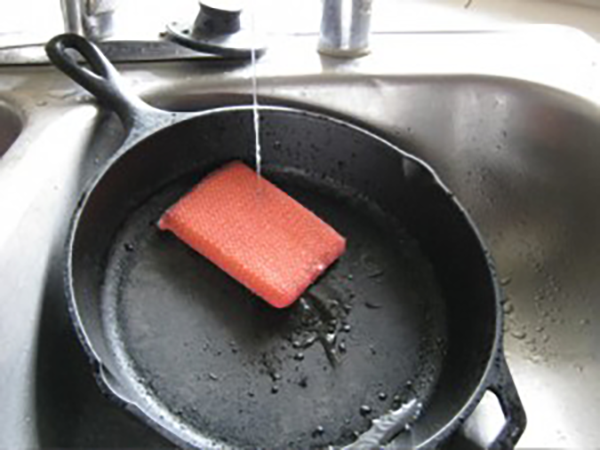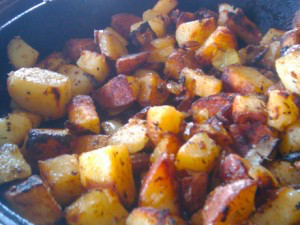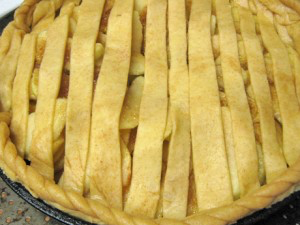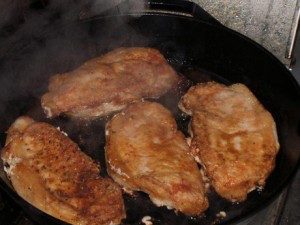There are several schools of thought when it comes to cleaning cast iron skillets. To help you avoid getting drowned in debates and intricate details about skillet cleaning, here is a sure fire method to clean your cast iron skillet.
Despite the different opinions on cleaning cast iron, everyone agrees; do not wash your cookware in the dishwasher. However, you do want to wash it. To help preserve your cast iron cookware and help make it easier to clean be sure to clean your skillet shortly after using it. Most importantly do not let your cast iron sit in water. Wash the cookware and immediately dry it.
To clean your cast iron skillet use mild soap and water. If you have pieces of food remaining on your skillet after using it, simply scrape it off. Another option if the food is too stiff to remove with a spatula is to fill your cast iron with water and bring it to a boil. After a few minutes it should be easy for you to break the remaining food free from the skillet.
There is no need to overly scrub your skillet, but you do want it clean. A mild soap is best to use along with a non abrasive pad. If needed, you can use a stiff brush to remove any remaining food particles.
After cleaning the skillet you want to dry it. First, pat the skillet dry with a kitchen towel or paper towels to remove the majority of the wetness from the surface. After this you want to then place your skillet on low heat on the stove to ensure dryness and eliminate moisture throughout the pan. Doing so helps to reduce the chances of your cast iron skillet rusting.
Now that your skillet is clean and dry, it is ready for another cast iron curing. Curing, also called seasoning will provide cast iron with a non-stick surface and aids in the prevention of rust (For more on cast iron curing read, How to Season a Cast Iron Skillet).
All you need to do is simply place your skillet on a stove with low to medium heat for five minutes and then using a paper towel lightly coat the inside and outside of the pan with the oil* of your choice. Allow the skillet to sit on the heat for a few minutes to complete the process. After allowing the pan to cool wipe off any excess oil and store your skillet in a cool, dry place.
*Note: Organic Flaxseed oil is the preferred oil, although it is not always readily available at your standard grocery stores. However, health food stores usually carry it. Other oil options that I have found that work include shortening, grape seed oil, coconut oil, palm oil, soybean oil and sunflower.






